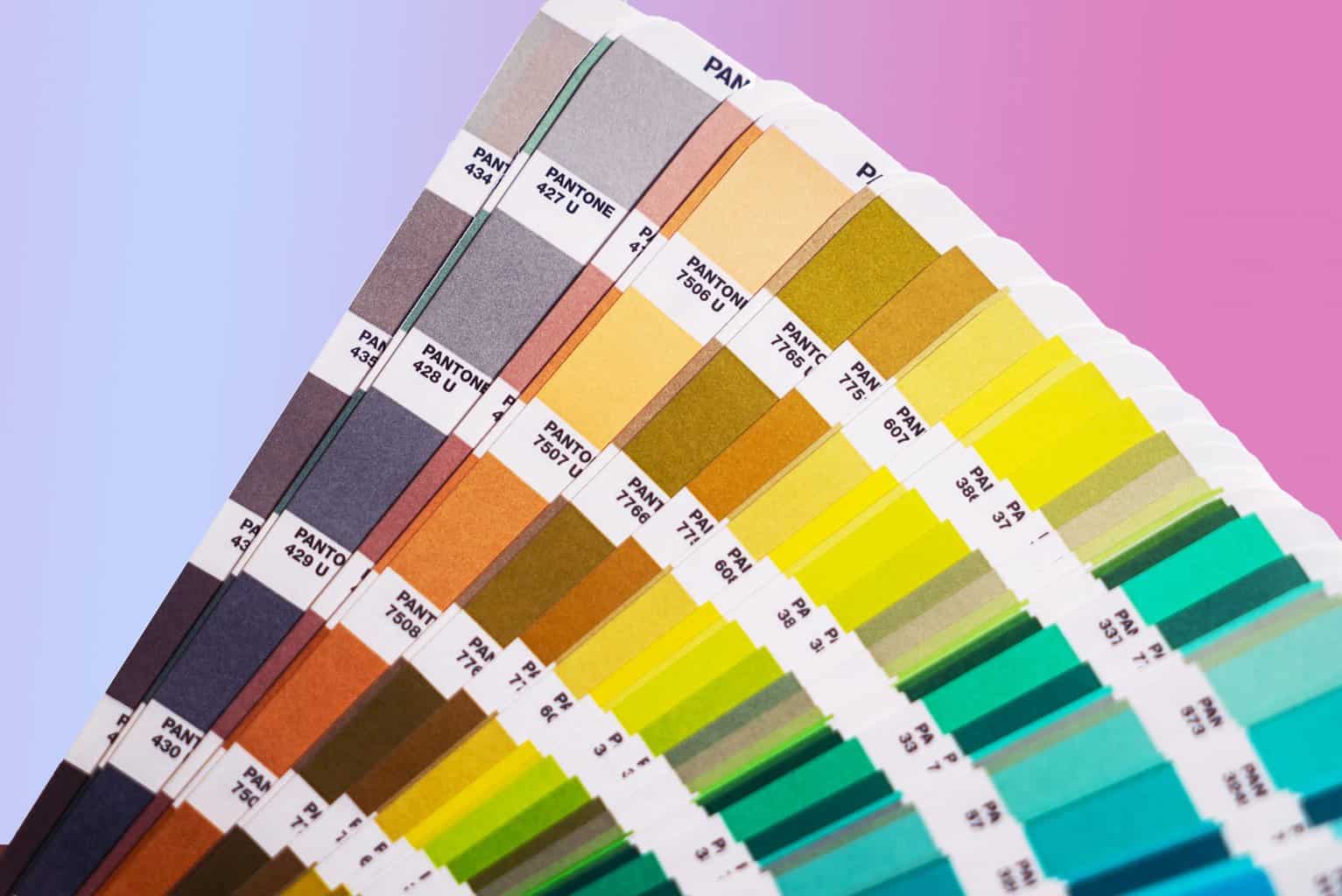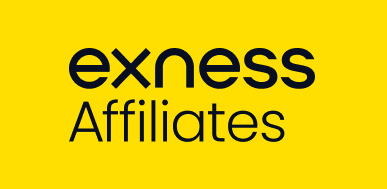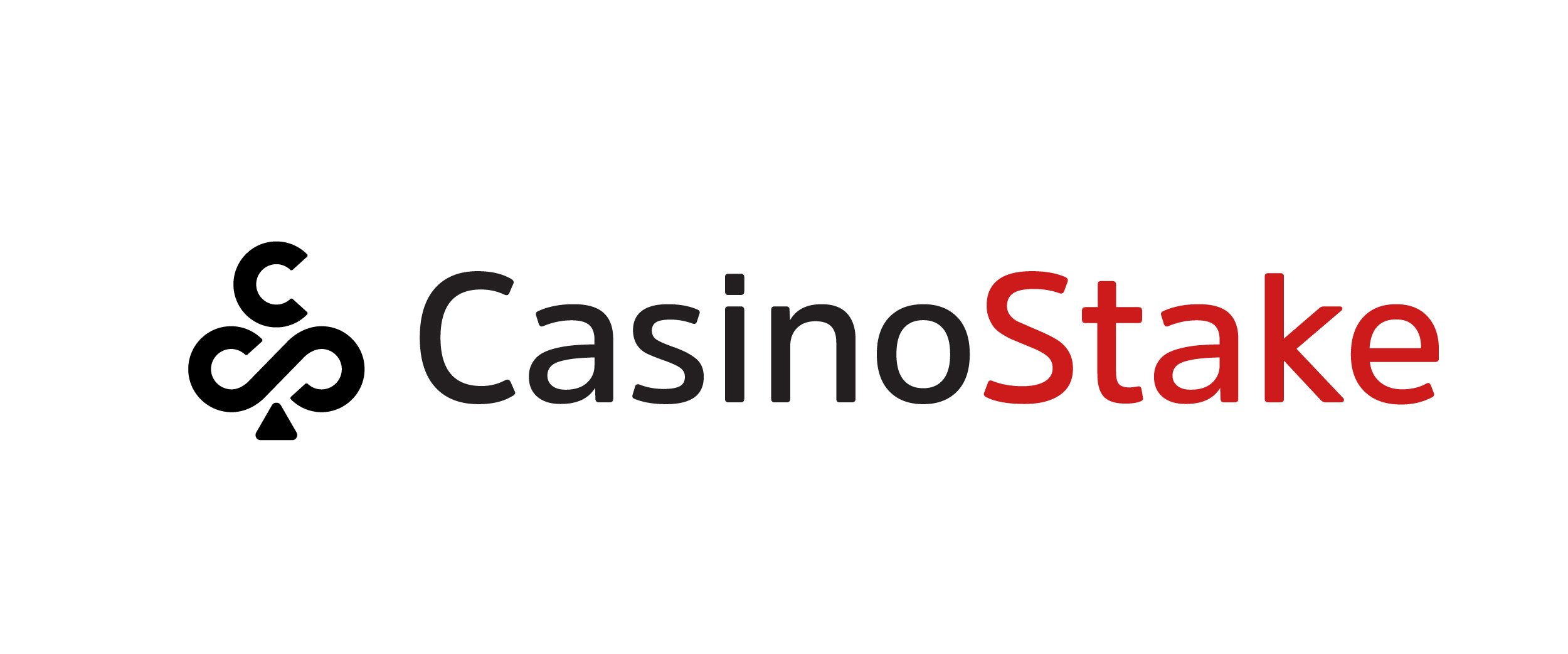Colour is a seriously underappreciated and under utlised tool in marketing. Think of some of the world’s most iconic brands, Coca-Cola, Facebook, McDonald’s, they all have instantly recognisable colours associated with them.
Colour is not only a powerful tool in terms of brand identity and recognition, it can also be used to elicit specific feelings and behaviours in consumers, anything from encouraging hunger to instilling a sense of calm and tranquillity. Keep reading to find out more.
Colour Psychology
Colour psychology is the name given to the study of how colour influences people to feel and act in certain ways. It has close links to colour theory, which has been used by artists for centuries to aid them in matching and combining colours and hues.
Colour psychology was popularised by psychiatrist Carl Jung in the early 1900s, who encouraged his patients to use colour to express their thoughts and feelings.
Today, colour psychology is used primarily in marketing and advertising for purposes including brand identity and demographic targeting. Colour can have a meaningful impact on how consumers perceive and react to brands, with different colours working to provoke different emotions. Let’s take a look at some examples.
Red
Red represents excitement, passion, and urgency. It can stimulate appetite, urge consumers into action, and elicit physical reactions in the human body, including raised blood pressure and heart rate.
It’s no wonder that red is used heavily by fast food chains, McDonald’s and KFC being prime examples. Through a combination of hunger stimulation and purchase encouragement, using the colour red allows these companies to attract and secure customers at a rapid rate.
Blue
The colour blue is used to create a sense of peace, calmness, and maturity, often seen in professional settings such as offices or corporate brands. Blue is used to invoke trust in consumers and establishes a sense of brand security and reliability.
Blue is popular with digital and social media companies, including Facebook, Twitter, and Skype, for example. The colour helps these companies reassure users that their personal data is safe with them. Additionally, blue has potential hunger suppressant qualities, which could encourage social media users to delay meals and stay on the platform longer.
Green
Green is associated with tranquillity, health, and the natural world. It can be used throughout retail locations or professional settings to relax people and is overwhelmingly popular with environmental conservation and activist brands.
Brands like BP, TicTac, and Starbucks all make use of the colour green in their logos and branding, successfully harnessing the colour’s links to feelings of harmony, well-being, and nature.
Purple
The colour purple is used to evoke feelings of wealth, luxury, and wisdom. It can be used to indicate nobility or aristocracy and is often used to elicit feelings of peace and wisdom.
Purple is used by brands including Cadbury, Wimbledon, and the English Premier League, who all effectively tap into the colour’s ability to convey a sense of indulgence, sophistication, and prestige.
Colour is Personal
While broad, general analysis of colours and their corresponding associations are useful for getting an overview and initial insight into how colour affects marketing, on an individual level, colours are highly personal and will provoke different responses person-to-person.
Cultural background, personal experiences, and context can all significantly alter how a customer might react to a particular colour, which can reduce the accuracy of large-scale generalisations.
However, that’s not to say that colour isn’t useful for marketing and advertising. It very much is, but it’s how it is researched and implemented that is essential to unlocking its potential.
The Right Colour
Research has indicated that consumers react strongly to a colour’s perceived appropriateness for a particular brand. In other words, does the colour suit the company?
Establishing this can be the key to picking and using the right colour for your brand, with market research studying the reactions to a range of colours from your target demographic the perfect way to discover your company’s perfect colour.
Picking the right colour won’t only work to influence consumer mood and behaviour, it can create a lasting impression of your brand and have powerful implications for things like trust, reliability and customer loyalty, which are all crucial factors in the success and future potential of a business.
Conclusion
Colour psychology is something of a dark art, nothing is set in stone, and it is full of grey areas and speculation. Nevertheless, colour undeniably plays a critical role in marketing and advertising, it is incredibly influential in establishing brand identity and personality, and for any new business, thinking carefully about colour can determine its future success.























